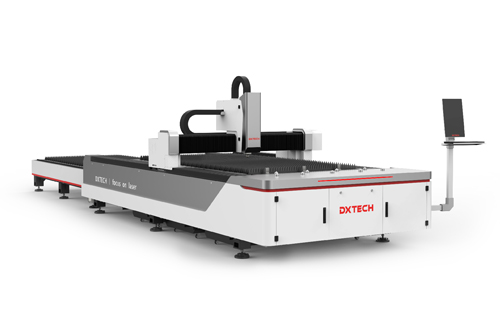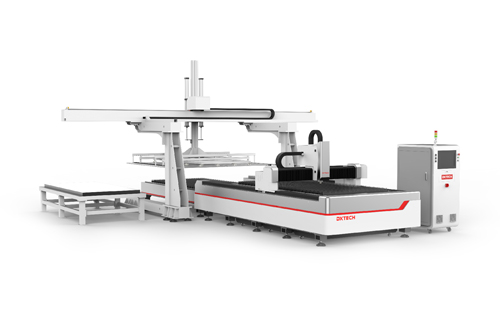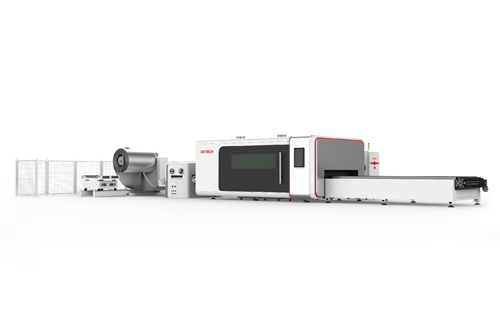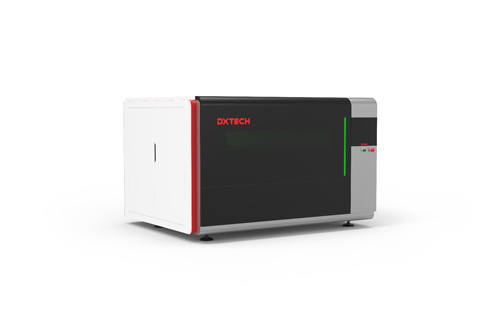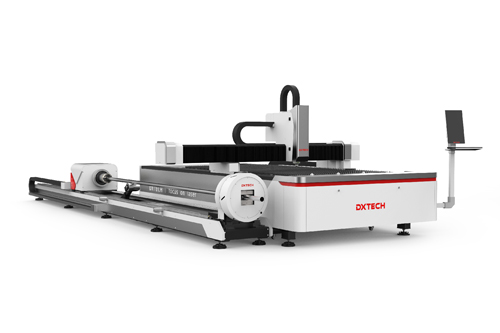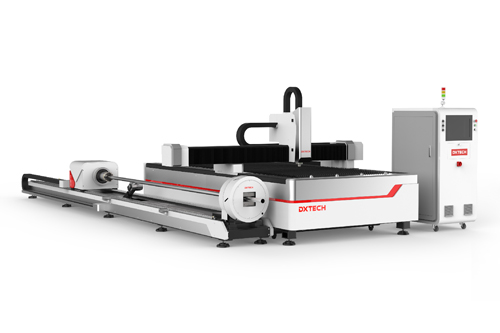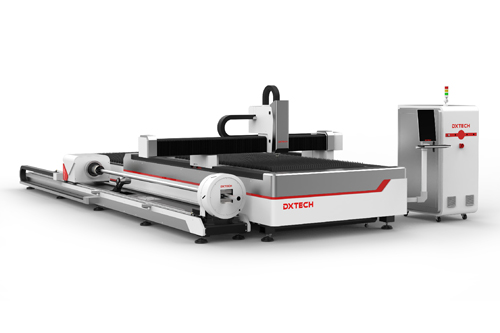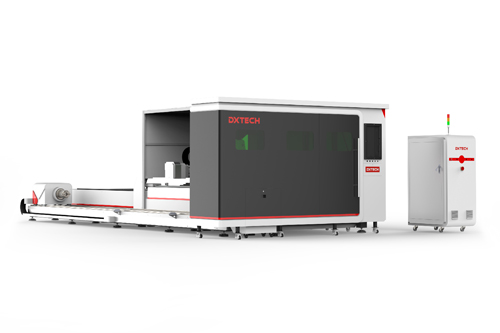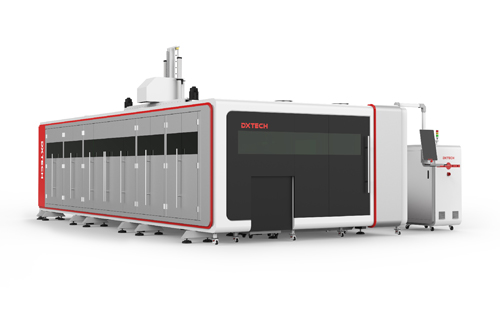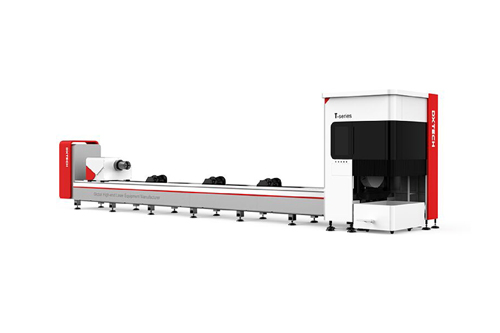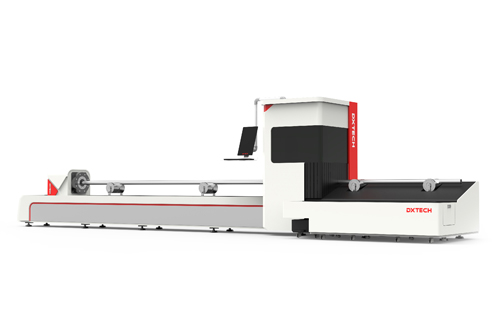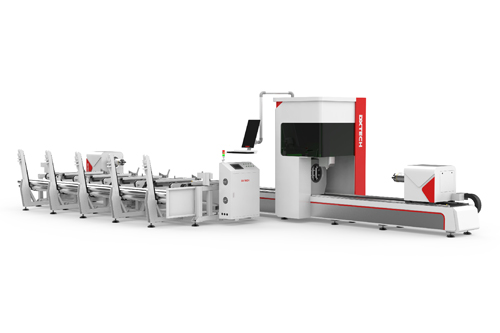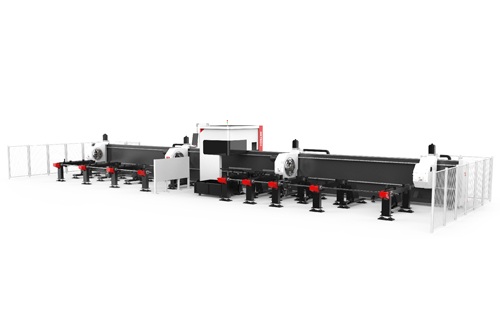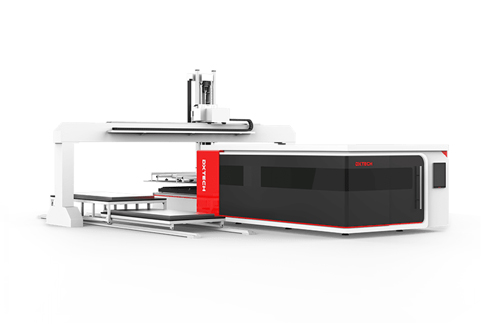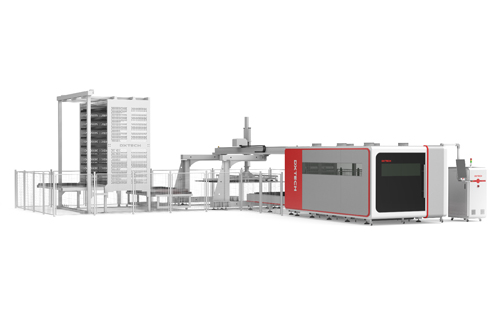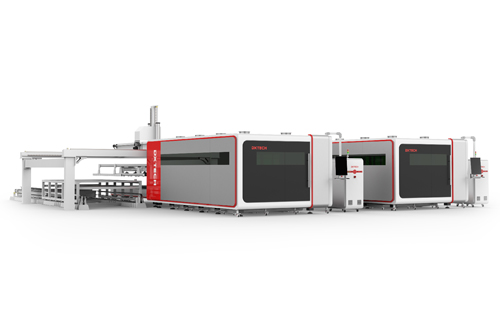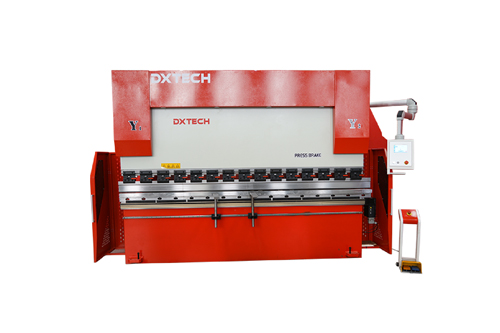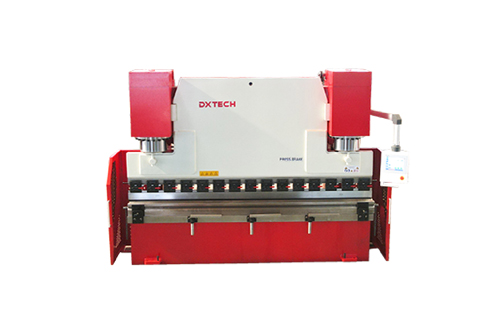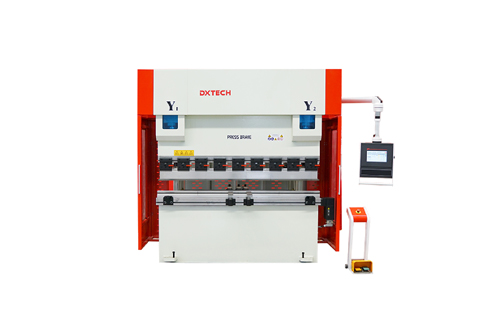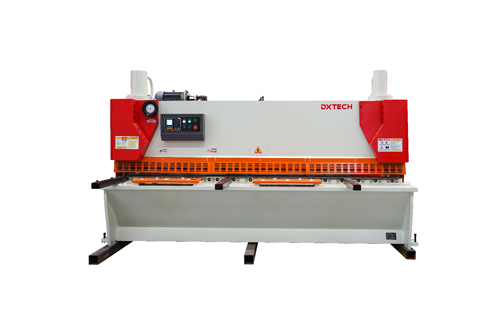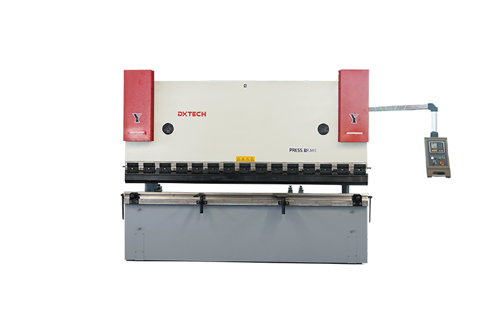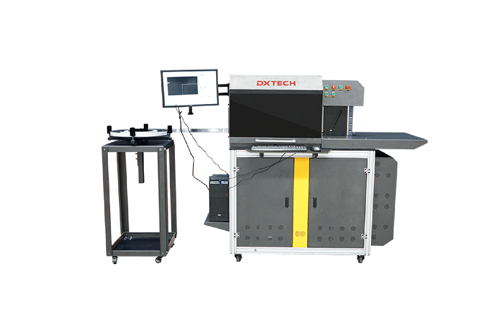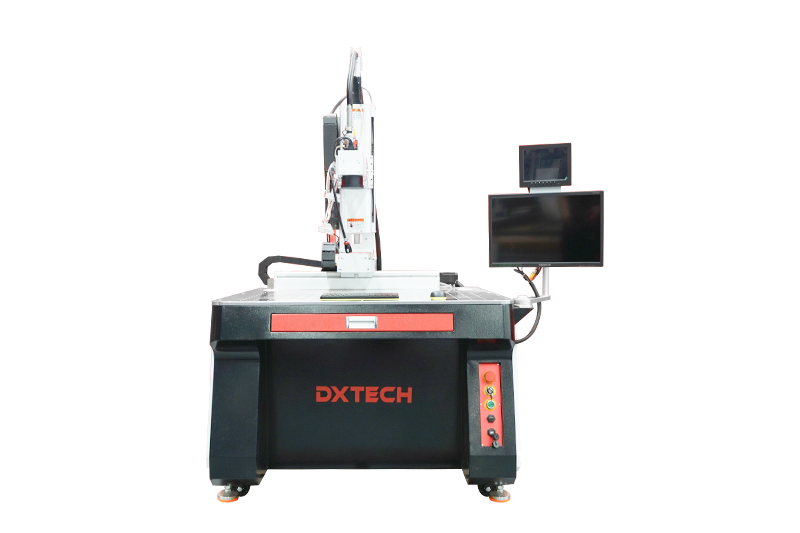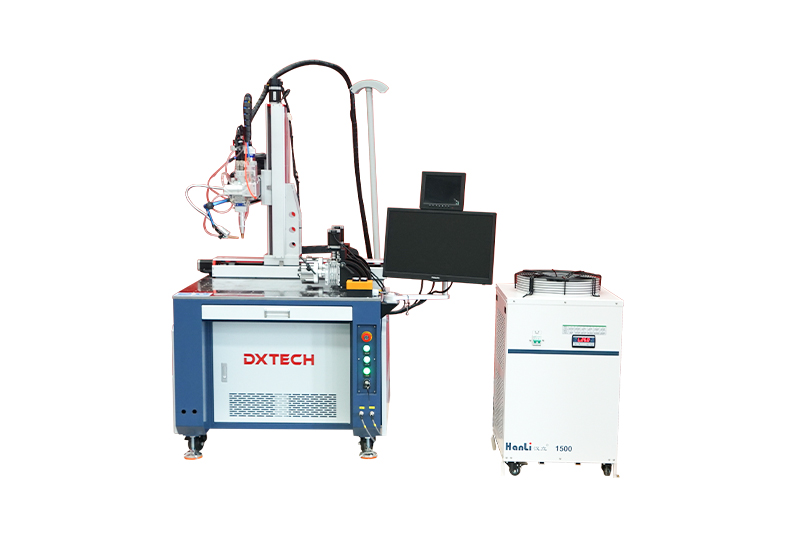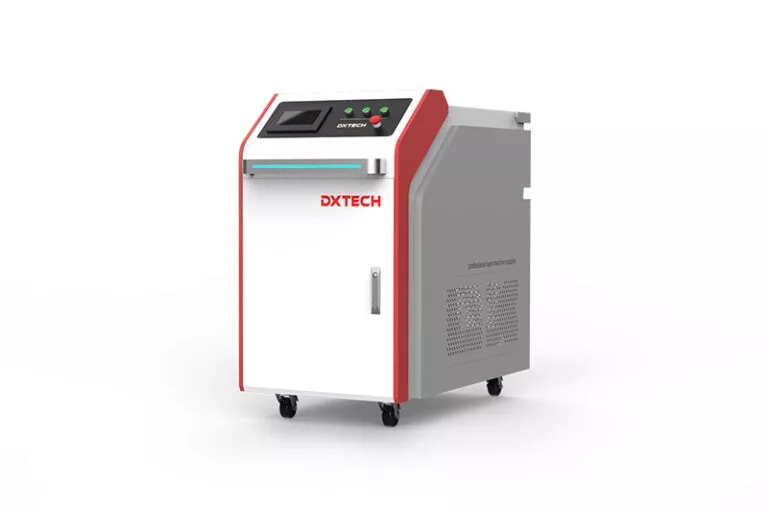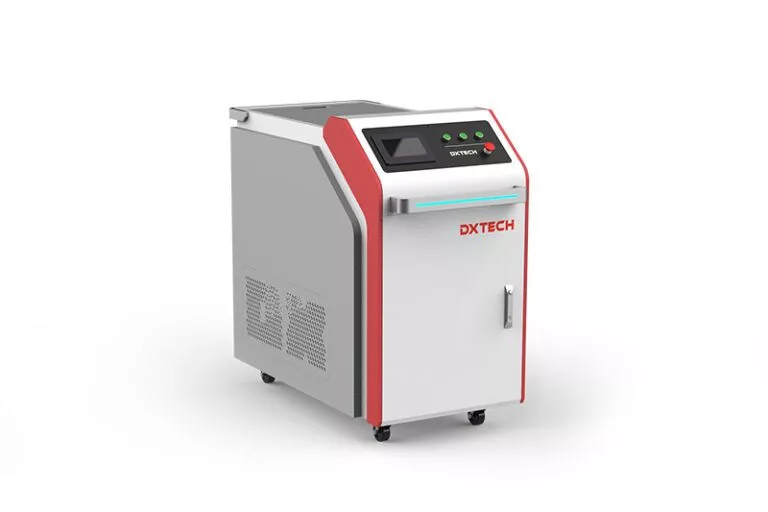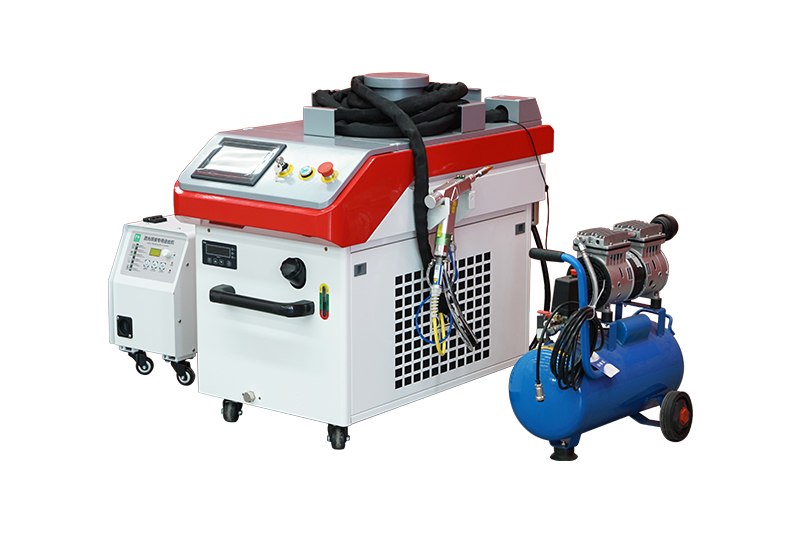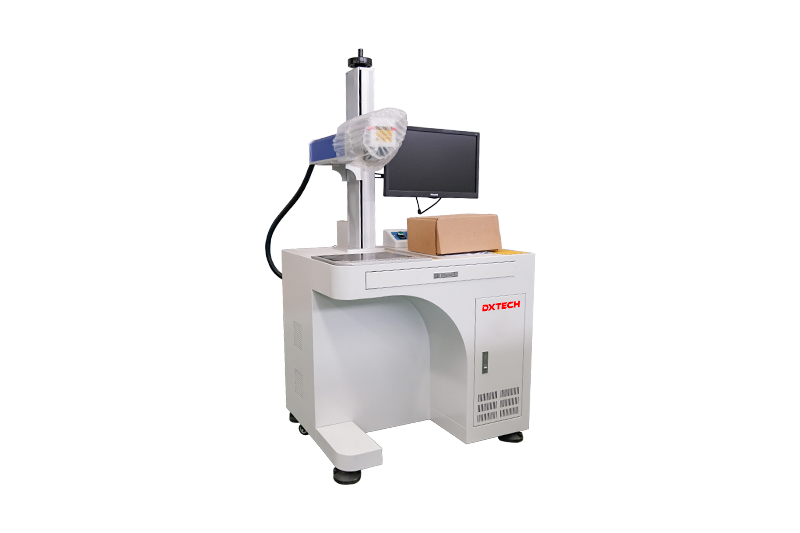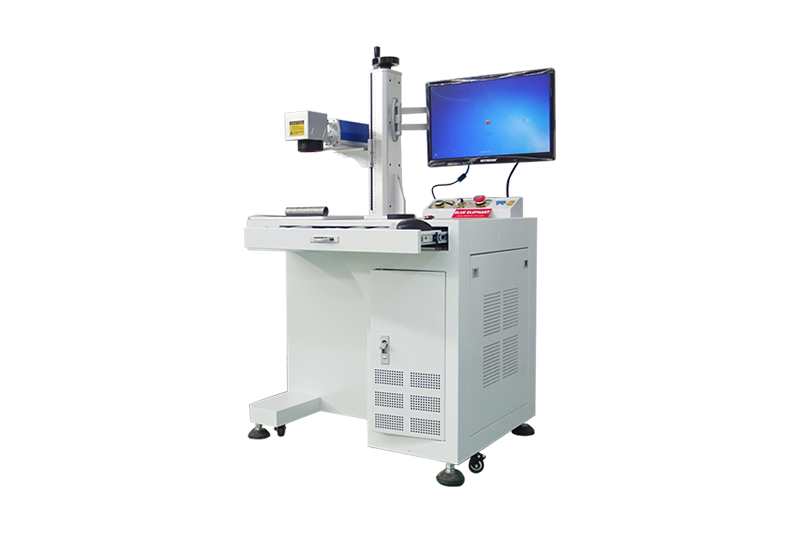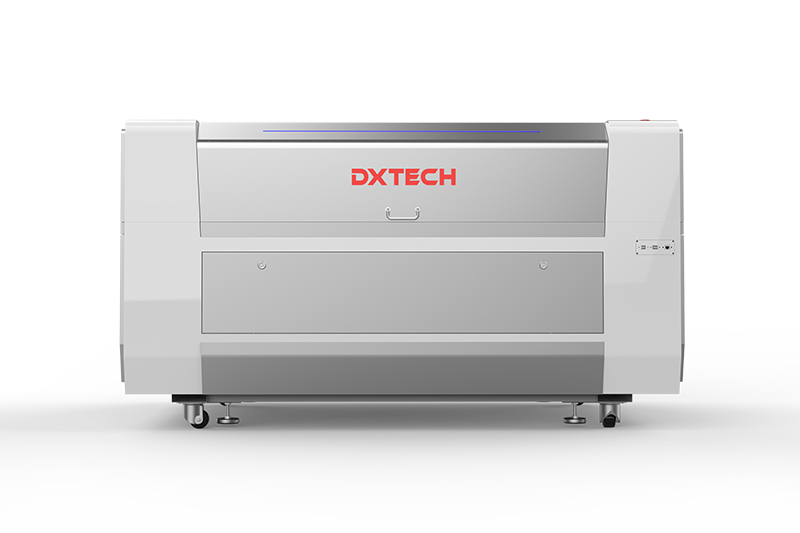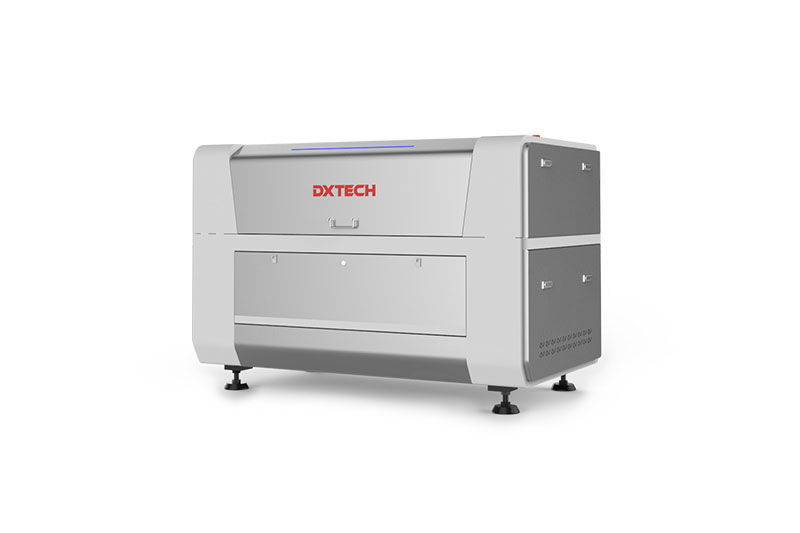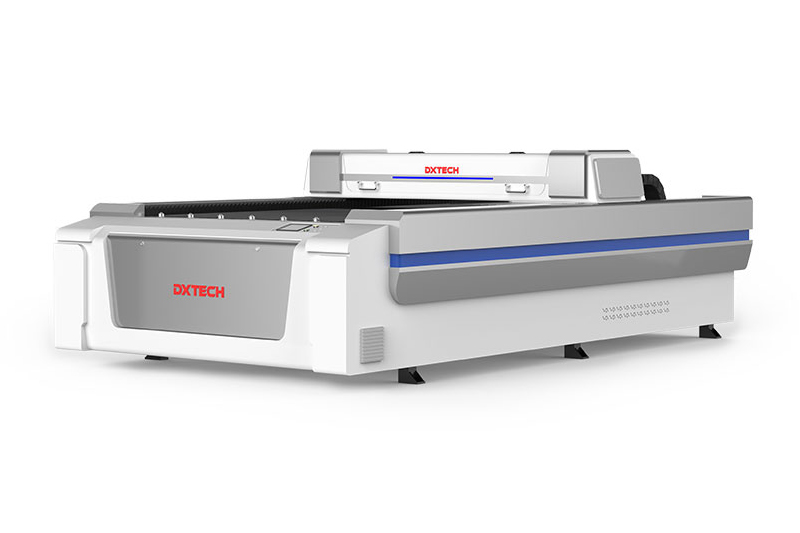Due to technical advances, people are increasingly developing a variety of cutting methods. They require benefit and productivity in their business. No one will deter you from becoming a prosperous businessman if you can save both time and money in your production line. In early 2021, many specialized cutting devices, such as CNC machines (drilling, milling, laser, routing), grinding, sanding, and so on, arrived on our market. Among these choices, laser cutting technology is one of the most demanding services in the world nowadays. Based on the output power, these laser machines are capable of cutting almost any material. Moreover, laser cutting is comparatively faster and cost-effective than other engraving machines. And thus, we brought you this article on the incredible laser cutting technology to establish better research.
Introduction to Laser cutting technology
LASER or light amplification by the stimulated emission of radiation is a device that releases light by amplifying it through an optical process on the stimulated discharge of electromagnetic radiation. Using these processes, industrialists are making lots of laser tools for different facilities. Accordingly, A laser engraving machine amplifies the high-power laser beam in such a range that it is capable of cutting, melting, or burning a material sheet. According to the design specification, a laser cutting process focuses the beam of light on the specific point to cut and etch sheet material. A laser engraving machine can cut various solid materials using this technology, such as metal, wood, acrylic, plastics, etc. Therefore, laser cutting devices are capable of making complicated parts and mechanisms.
On the other hand, the laser cutting process is not for human operation. A computer numeric control device operates the laser gun in a specific direction. In the internal chamber, there’s for laser gas entry and light amplification lens. The stimulated amplified laser beam falls on the metal’s surface, burns the specific point it hits. In this way, the stimulated beam gradually melts down the thickness of the sheet material.
The CNC manipulation is similar to the other computer-operated machines. These devices use a machine language called the CNC program that controls the speed of the stepper motor. Usually, most CNC machines are two-dimensional. So, the cutting gun needs two different axes for the X and Y directions. In CNC laser cutting devices, the laser gun doesn’t need to move on the Z-axis because the projected beam hits equally on the materials’ surface. In this case, there are a few exceptional cases that have a three-dimensional laser movement.
Popular laser cutting methods
The laser cutting devices can differ based on the laser source remaining the working principle same. First is the CNC CO2 laser cutter, which uses CO2 gas that mixes with the laser beam. In this case, there are other available gases, such as nitrogen, helium, xenon, and hydrogen. The second is the CNC crystal laser cutter. This type of laser cutter uses crystals for electric laser discharge. The third is the CNC fiber laser cutter. This type of laser cutter uses fiber optical cable to transfer the laser beam to the laser gun.
However, depending on these laser cutting devices, industrialists have classified different laser cutting methods. Keep reading; we will mention them as a summary.
Fusion Cutting
Usually, the laser cutting table has two different stages, the upper and lower stage. The laser gun partially melts the particular place during the fusion cutting method, and airflow ejects the molten material to the lower part of the stage. This phenomenon happens in a liquid state, so the process is famous as the fusion cutting method. However, during this process, the high purity inert gases accompany the laser beam causing the melted material to leave the stage. Here, the inert gas doesn’t participate in cutting. In this case, the laser power under a specific level where the air pressure is the limiting factor at the stage and thermal conductivity.
Upside and Downside
- Fusion cutting is faster than the gasification method.
- In this method, the material only absorbs particular laser beams.
- Fusion laser cutting needs high power to engraving metals, such as steel needs 104-105 W/ cm2. In this case, the maximum cutting speed depends on the ultimate laser power; if the laser power increases, the cutting speed increases and vice versa.
- It doesn’t get oxidation incision for iron, steel, and titanium.
Vaporization cutting
During this gasification process, the temperature on the surface rises to the boiling point so fast that it can avoid the material’s melting state. Some materials vaporize into steam at this time, and the auxiliary gas blows away by some of the inert gases used for the gas laser cutter. This process of vaporization is known as the vaporization cutting process. However, the raw material must not exceed the required thickness more than the laser beam’s diameter.
Upsides and Downsides
- Vaporization cutting requires higher laser power than fusion cutting to reach the boiling point instantly. This process’s laser power must exceed 18W / cm2 depending on the material, cutting depth, and focus position.
- This method is not suitable for those who don’t have melting points, such as wood and certain ceramics. The vaporization process is only for small areas such as ferrous alloys.
- The materials used for the vaporization process have to reach a thicker incision.
- The laser power and the vaporization have a particular effect on the focal position.
Fracture-controlled cutting
If you follow the same laser cutting process, cutting brittle materials may not perfectly work. In this case, these types of materials need heat damage at high speed with controllable fracture cutting through the lasing beam is knows as fracture-controlled cutting. In this process, the emitted laser energy creates mechanical stress causing the material to separate along the laser beam path. This separation of materials is controllable for fracture growth and similar to an extended crack.
However, during the fracture-controlled cutting method, the lasing beam hitting the brittle material’s tiny area causes a large thermal gradient and significant mechanical deformation in that region resulting from the material’s crack.
Upsides and Downsides
- Using the ANSYS software or other version, one can quickly obtain the stress and temperature distribution.
- This process requires high laser power depending on the brittle material types.
- A balanced heating gradient can guide the cracks in any desired direction.
Oxidation melting vaporization
Oxygen gas or other reactive gas is suitable for this cutting method. After the electromagnetic chamber, the amplified beam hits the material’s surface through an environment of reactive gases. At this moment, the amplified beam reacts chemically with the oxygen or other reactive gas, furiously producing a higher source of heat. This process of responding and cutting method is known as oxidation melting-vaporization. The pulse mode limits the heat effect, and the laser power determines the cutting speed.
Upsides and Downside
- The cutting speed of the same thickness of structural steel faster than the fusion cutting due to the oxidation melting vaporization method.
- Oxidation melting vaporization will provide wide cut, patent roughness, rased thermal impact zones, and worse edge quality.
- This cutting method is not suitable for machining precision models because the sharp corners may risk a burn.
These are the most common laser cutting method used recently. The operator can decide the cutting plan based on the cutting equipment’s power, analyzing ability, processing requirement, and material composition. In this case, the material quality is the most critical factor to consider. If the material has different impurities may have a higher melting or boiling point. In this case, the laser cutter requires high powered laser beam to penetrate these materials.
Laser cutting materials
Ready to start trying out your laser engraver? First, you will need to gather all the necessary equipment to use. Usually, the laser beam can penetrate almost all kinds of materials, but you need to know better about the rated power. However, try your laser engraving machine with several different types of materials mentioned below to see how they work. In this case, you should go through your machine specification. As we have already said, depending on the laser power, you must determine the laser materials. Another important thing you should consider is that different materials may give off various fumes, so it’s better to ensure a good ventilation area to be safe.
- Wood: One of the most common laser cutting materials is wood. Beginners and even professionals often use a laser cutter for wood to cut out parts to assemble, engrave presents, and carve out intricate designs in a piece of wood.
- Plastic and acrylic: Signs, jewelry, ornaments, wall art, and much more can be an excellent choice to create from plastic and acrylic materials. You can also use plexiglass, wildly colored plexiglass, a standard acrylic, to produce beautiful stained-glass-style artwork. It comes in a variety of thicknesses, much like wood.
- Foam: Creating inserts and seals foam is the best for kids’ projects. To make fun, custom puzzles, you could use a laser cutter to cut thick foam bits. Although it isn’t as common as other materials for home projects, it is still a viable choice to consider.
- Sheet metal: It is a bit tricky cutting sheet metals on the laser engraving machine. The molecular attraction force inside the metal is much higher than the wood or acrylic. So, to melt sheet metal edges, we need to get a high-powered laser source.
- Leather: After you have practiced a good time with your laser cutting machine, you may try out leather, though it is an expensive material. However, you can create Wallets, belts, purses, jewelry bracelets, and artwork.
- Cardboard: One of the most cost-effective laser cutter materials is cardboard. It’s also one of the most user-friendly. You can make anything from eye-catching business cards to model-building parts.
There aren’t many materials that you can’t use in general. If you’re engraving, you should stay away from the glass. Any chlorine-containing content, such as vinyl or PVC, is also not recommended.
Advantages and disadvantages of laser cutting technology
Engineers prefer a laser engraving services because of its upsides it provides. The significant benefits of laser cutting technology: Flexibility, precision cutting, repeatability, speed, cost-effectiveness, contactless, versatility, automation possibilities, excellent quality, etc.
- In the production line, laser cutting is easy to integrate.
- Laser cutting technology offers a variety of materials cutting.
- It has design freedom from pieces in 1.5 x 1.5 cm to 94 x 94 cm.
- Laser cutting technology is a reliable process, and it always provides the same result.
- It provides different engraving option
- It is capable of cutting highly complicated designs.
The disadvantages of laser cutting technology are as follows:
- The high-power laser cutting machine needs an experienced operator.
- A specific laser cutter can not cut all types of metal thicknesses. In this case, different metal thicknesses require other powered laser cutters.
- The thermal cutting method created dangerous fumes, so ensure better ventilation in the room.
Is laser cutting technology harmful to human bodies?
Laser-cutting technology can be harmful if you forget to take the requisite precautions during and after the operation. There are certainly have some risks corresponding to the laser cutters, such as toxic fumes, fires, and physical bodily injury. Fortunately, there are some fast and easy ways to escape these dangers and cut projects cleanly and safely.
Laser cutting technology application
All the countries in the world are using laser cutting technology in different fields of engineering. We will mention a few of the applications where engineers often use laser cutting technology.
- Aerospace: aviation and space travel needs to achieve high-performance engine and reducing fuel consumption. Laser cutting technology has proven the most efficient way to achieve the most accurate design in history.
- Photovoltaic panels: manufacturing photovoltaic panels needs several thin layers of conductive and photoactive materials. Laser cutting technology makes the edge deletion on the thin-film solar cells.
- Fashion: laser cutting technology is more common to laser-cut silk and leather runway collection or at retailers. Laser cutting works best on synthetic fabrics.
- Robotics: laser technology offers an efficient way for every material used in the robot industry. Drones and robots often require the use of laser cutting technology for electronic components.
- Others: laser cutting technology is also famous in laser surgery, laser cutting for marking and engraving, packaging, ceramics, and cut-off non-metals.
Summary
A laser cutting machine is a cutting technology that uses focused energy provided by laser specialties and focused lenses to melt and gasify surface material. It has a high cutting quality, a fast cutting speed, a wide range of cutting materials, and a high performance.

